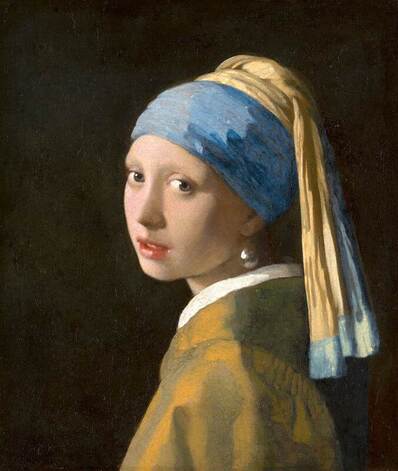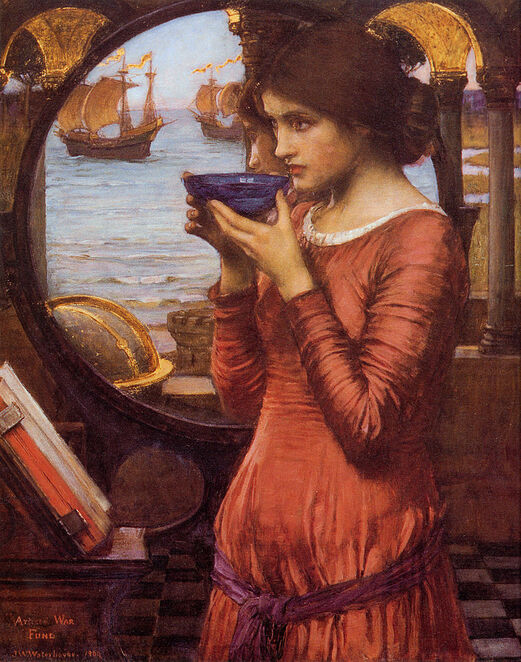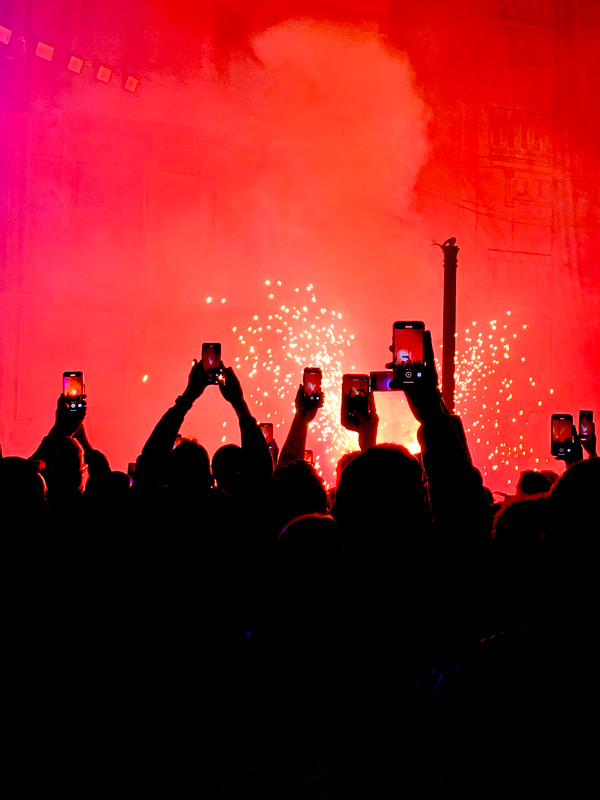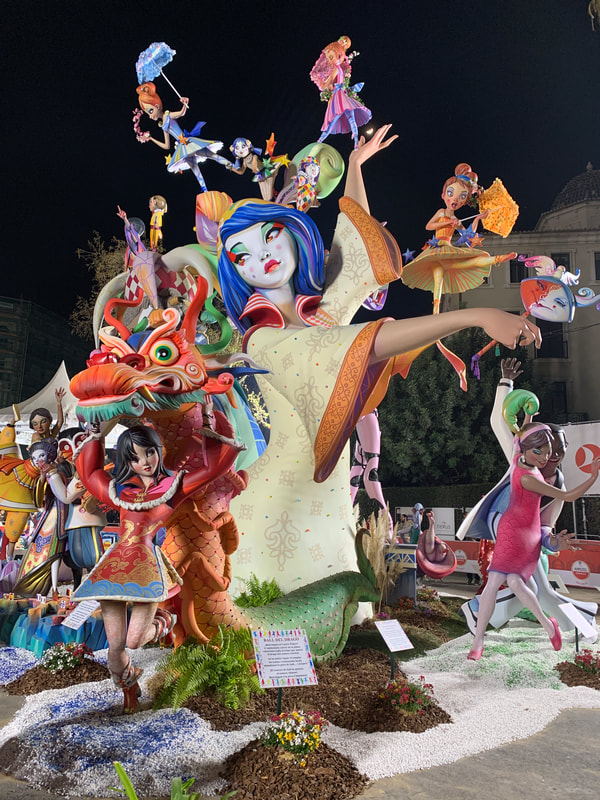|
In our quest for greatness, we often fixate on our destiny—the grand narrative that promises fulfillment, success, and purpose. We envision ourselves scaling the peaks of achievement, conquering challenges, and leaving an indelible mark on the world. But what if, in our relentless pursuit of destiny, we inadvertently bypass the very steppingstones that lead to growth and wisdom? Destiny is seductive. Destiny is allurng. It whispers promises of significance, urging us to forge ahead with unwavering determination. We imagine our lives as epic sagas, complete with heroic feats and climactic moments. And yet, amidst this allure, we risk overlooking the subtle, everyday lessons that shape us.
The Missed Chances
Four Habits of Lifelong Learners
Destiny isn’t a distant peak—it’s the journey itself. The twists, the setbacks, and the serendipitous encounters—they all contribute to our growth. So, let’s embrace the art of learning, even if it means veering off the path we thought was destined. For in the pursuit of destiny, we might just discover that the real magic lies in the lessons we collect along the way. Note: This blog is a work of imagination and inspiration. Any resemblance to real-life destinies is purely coincidental.
1 Comment
Valencia, Spain hosts a celebration of ephemeral art like no other – Las Fallas. Amidst the vibrant streets and historic architecture, artists converge to create fleeting masterpieces that captivate audiences and embody the transient nature of art itself.
Ephemerality is inherent to art; it reminds us of the impermanence of life and the beauty found in fleeting moments. The Fellas Festival embraces this concept wholeheartedly, showcasing installations and performances that exist only for a brief period before they are reclaimed by time and the elements. At the heart of the festival are the Fallas, towering sculptures meticulously crafted from wood, paper-mâché, and other materials. These intricate creations depict a range of themes, from cultural traditions to contemporary issues, each telling a unique story to those who behold them. Yet, despite the countless hours invested in their creation, the Fallas are destined to meet a fiery end during the festival's culmination – La Cremà. La Cremà, the burning of the Fallas, symbolizes a powerful moment of release and renewal. As flames consume the towering structures, spectators are reminded of the transient nature of existence and the importance of embracing life's fleeting beauty. It's a spectacle that evokes a range of emotions – from awe to melancholy – as spectators bid farewell to artworks that have captured their hearts. But Las Fallas is not solely defined by the burning of the Fallas. Throughout the event, the streets come alive with music, dance, and other performances that add to the ephemeral tapestry of the experience. From spontaneous street art to pop-up installations, there's a sense of magic in the air, as if every corner holds the promise of discovery. One of the most captivating aspects of Fallas is its ability to bring people together – both artists and spectators alike. Visitors from all walks of life flock on Valencia to immerse themselves in the creative energy that permeates the city during the festival. It's a testament to the universal appeal of art and its power to transcend language and cultural barriers. Moreover, the ephemerality of the art showcased at Fallas encourages us to live in the moment and appreciate the beauty that surrounds us. It serves as a reminder that life itself is transient, and that we must seize the opportunities presented to us before they slip away. In a world that often feels dominated by permanence and stability, Fallas offers a refreshing counterpoint – a celebration of impermanence and spontaneity. It challenges our preconceived notions of art and invites us to embrace the fleeting nature of creativity. It serves as a platform for artists to experiment and push the boundaries of their craft. Freed from the constraints of permanence, they are able to create works that defy traditional categorization and leave a lasting impression on those who encounter them. As the sun sets on another year of the festival, and the embers of the Fallas fade into the night, we are left with memories that will linger long after the last note has been played and the final dance has ended. It's a reminder that while art may be transient, its impact can be everlasting. Las Fallas serves as a poignant reminder of, not only the ephemerality of art and the beauty found in fleeting moments, but alos of life itself. From the towering Fallas to the spontaneous street performances, the festival embodies the transient nature of creativity and invites us to embrace the beauty of impermanence. So, the next time you find yourself in Valencia during the month of March, take a moment to pause and appreciate the magic unfolding around you – for like the artworks themselves, these moments are here today and gone tomorrow.  Many artists struggle with feelings of inadequacy or self-doubt at some point in their careers. Some wrestle with them on a more frequent basis. These negative emotions can stem from various things, such as harsh criticism, unrealistic expectations, lack of recognition, or creative blocks. In this blog, we will explore some of the reasons why artists may experience doubt, and how they can cope with them in a healthy and productive way. Why? Feelings of inadequacy or self-doubt are common among artists for several reasons:
In conclusion regardless of your level of competence, recognize your inherent worth. Show yourself kindness and practice self-compassion. Loving-kindness meditation can help foster self-love. Remember, feelings of inadequacy are common, and many artists face them. Embrace your journey, celebrate progress, and know that growth takes time and effort keep creating and remember to be kind to yourself along the way!  Girl with a Pearl Earring (1665) by Johannes Vermeer Girl with a Pearl Earring (1665) by Johannes Vermeer In the realm of art, where creativity intertwines with livelihood, the specter of jealousy and envy often lurks in the shadows. It's a narrative as old as art itself: the tension between artists who achieve commercial success and those who struggle to sell their work. This perennial conflict has manifested in various forms throughout history, leaving an indelible mark on the artistic landscape. From the Renaissance to the present day, envy among artists has been a recurring theme. Take, for instance, the rivalry between Renaissance masters Leonardo da Vinci and Michelangelo. Both titans of their time, they vied for prestigious commissions and the favor of wealthy patrons. Leonardo's innovative techniques and enigmatic persona often overshadowed Michelangelo's more traditional approach, leading to feelings of resentment and envy. Similarly, in the 17th century, the Dutch Golden Age witnessed intense competition among painters striving for recognition and financial success. Rembrandt van Rijn, renowned for his mastery of light and shadow, faced envy from his contemporaries, who felt overshadowed by his talent and popularity. Meanwhile, artists like Johannes Vermeer, despite producing exquisite works, struggled to achieve the same level of acclaim and financial stability. Moving forward to the 19th century, the rise of Romanticism brought about a new wave of artistic envy. The era saw the emergence of larger-than-life figures such as Eugene Delacroix and Francisco Goya, whose bold experimentation challenged conventional artistic norms. Yet, while these artists basked in the limelight, many of their peers languished in obscurity, plagued by feelings of inadequacy and envy. The dawn of the 20th century ushered in a period of unprecedented artistic innovation and upheaval. From the avant-garde movements of Cubism and Surrealism to the rise of Abstract Expressionism, artists sought to push the boundaries of traditional art forms. However, with success came jealousy, as pioneering figures like Pablo Picasso and Jackson Pollock overshadowed their less fortunate counterparts. In contemporary times, the advent of social media has amplified the phenomenon of artistic envy to new heights. Platforms like Instagram and TikTok offer artists unprecedented exposure, yet they also foster a culture of comparison and competition. As artists vie for likes, followers, and endorsement deals, feelings of jealousy abound, fueling a perpetual cycle of rivalry and resentment. But amidst the sea of envy, there are glimmers of hope and solidarity. Many artists recognize the futility of comparing themselves to others and instead choose to focus on their own creative journey. Moreover, collaborative efforts and community-building initiatives have emerged as antidotes to the poison of envy, fostering a sense of camaraderie among artists of all stripes. In conclusion, the age-old tale of jealousy and envy among artists is a testament to the complex interplay between creativity, commerce, and human nature. From the lofty heights of the Renaissance to the digital age of social media, this timeless struggle continues to shape the artistic landscape. Yet, amidst the turmoil, there remains a profound beauty in the pursuit of artistic expression, untethered by the shackles of envy and rivalry. As we navigate the turbulent waters of the art world, may we find solace in the knowledge that true success lies not in comparison to others, but in the fulfillment of our own creative vision. |
Details
about bloomWe are a European/Lebanese run art space in Valencia, Spain. Archives
July 2024
COPYRIGHT NOTICE© Bloom Gallery. Unauthorized use and/or duplication of this material without express and written permission from this site’s author and/or owner is strictly prohibited. Small excerpts and links may be used, provided that full and clear credit is given to Bloom Gallery with appropriate and specific direction to the original content.
|


